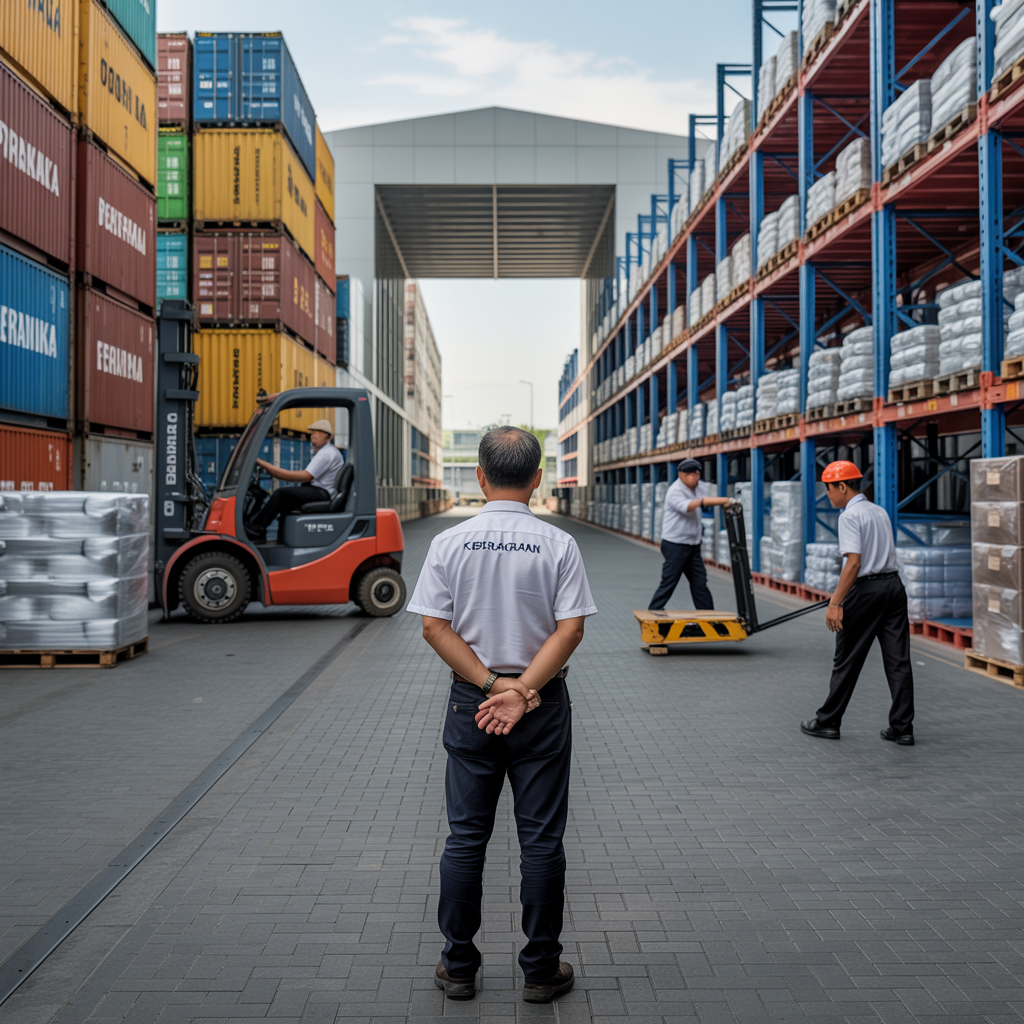Implementation and Management of Bonded Logistics Center: Case Studies and Success

Bonded Logistic Centers (PLB) in Indonesia have become an innovative solution in enhancing logistics and warehouse management efficiency. The implementation of PLB allows companies to manage imported and exported goods more easily, while also reducing logistics costs and customs duties. With bonded warehouse facilities, the supply chain management can conduct better goods management, optimizing goods flow and reducing processing time at ports.
The success of PLB in goods management efficiency is influenced by effective warehouse management and the use of current technology. With an integrated information system, all data regarding existing goods can be monitored in real-time. This facilitates goods identification and provides more accurate inventory handling, thus avoiding overstock or understock issues. This system also enables tracking the history of goods transactions, allowing each stage of the logistics process to be closely supervised.
One case study of the successful implementation of PLB in Indonesia is the increased speed of domestic and import product distribution. With PLB, companies can cut operational costs that arise from goods accumulation and retention at ports. Additionally, PLB plays a crucial role as a solution to enhance the competitiveness of domestic industries in the global market. The combination of advanced warehouse management and reduced logistics costs has proven to make significant contributions to economic growth stability and strengthen the position of Indonesia's industry in the world.


